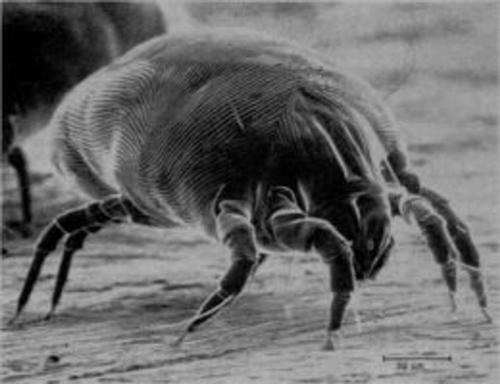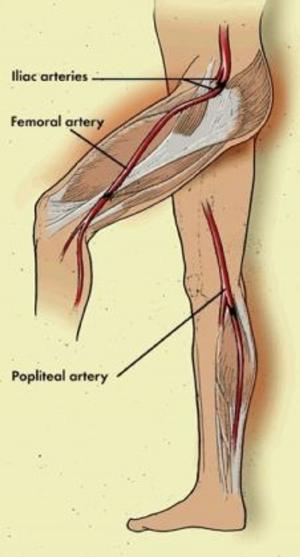A Crash Course on How to Get Rid of Mites
Nonfiction, Home & Garden, The Home, Outdoor & Recreational Areas, Science & Nature, Nature, Insects & Spiders| Author: | Steve Reeves | ISBN: | 1230000105265 |
| Publisher: | Axel Publishing | Publication: | February 9, 2013 |
| Imprint: | Language: | English |
| Author: | Steve Reeves |
| ISBN: | 1230000105265 |
| Publisher: | Axel Publishing |
| Publication: | February 9, 2013 |
| Imprint: | |
| Language: | English |
A Crash Course on How to Get Rid of Mites
There are over 30,000 species of mites, the majority of which measure less than one millimeter in length. Like other arachnids, their bodies are comprised of the prosoma and abdomen and mites bear four pairs of legs. Beginning as eggs, these arachnids develop through larval and pupal stages prior to full maturation. They can survive on land and in water.
Although most mites are not harmful to animals, some species are parasitic in nature. Parasitic mites that attack animal hosts can cause severe skin irritation known as mange. Bird mites are similarly bothersome to poultry, while spider mites are destructive to crops. Some parasitic species are more dangerous than others, as they reside within the respiratory tracts of their hosts. Others, such as chiggers, can transfer dangerous diseases.
Ticks are by far the most harmful of mites, to animals and humans alike. They transmit a variety of diseases, such as Lyme disease and encephalitis. They are also capable of transmitting more than one disease at a time.
Scroll up... and click on "Buy Now" to deliver almost instantly to your Kobo or other reading device.
A Crash Course on How to Get Rid of Mites
There are over 30,000 species of mites, the majority of which measure less than one millimeter in length. Like other arachnids, their bodies are comprised of the prosoma and abdomen and mites bear four pairs of legs. Beginning as eggs, these arachnids develop through larval and pupal stages prior to full maturation. They can survive on land and in water.
Although most mites are not harmful to animals, some species are parasitic in nature. Parasitic mites that attack animal hosts can cause severe skin irritation known as mange. Bird mites are similarly bothersome to poultry, while spider mites are destructive to crops. Some parasitic species are more dangerous than others, as they reside within the respiratory tracts of their hosts. Others, such as chiggers, can transfer dangerous diseases.
Ticks are by far the most harmful of mites, to animals and humans alike. They transmit a variety of diseases, such as Lyme disease and encephalitis. They are also capable of transmitting more than one disease at a time.
Scroll up... and click on "Buy Now" to deliver almost instantly to your Kobo or other reading device.















